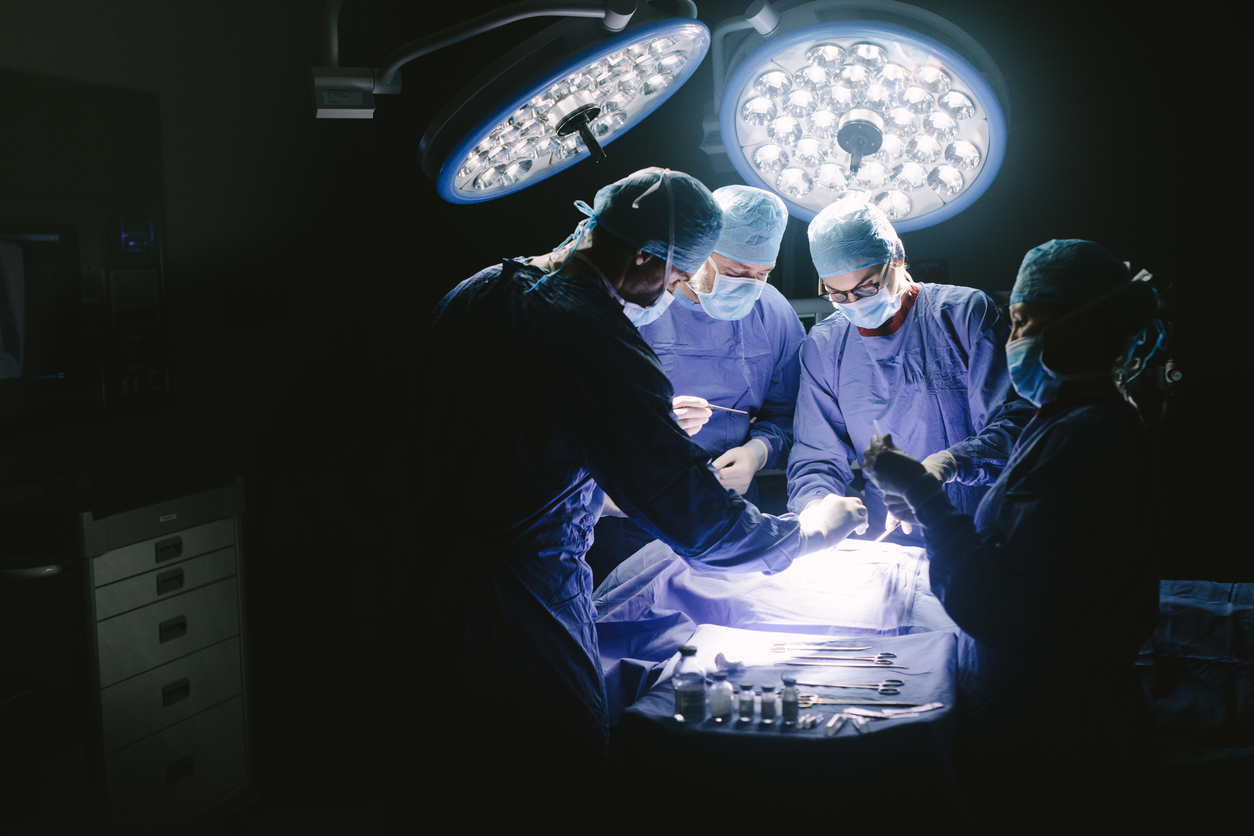To continue our celebrations of our NHS turning 70 (the official birthday is today!) we thought we’d share with you seven achievements that we’ve witnessed over the past 70 years.
Take a look at our previous blog post to discover how the NHS has been a life-saving organisation for many people with diabetes.
1954: Smoking linked to cancer
Sir Richard Doll published a study in the British Medical Journal warning that smokers are more likely to die of lung cancer than non-smokers.
1958: Vaccination programme launched
Before the vaccination programme was introduced cases of polio rose to up to 8000, with diphtheria as high as 70000, leading to 5000 deaths in total.
Now the programme ensured that everyone aged 15 and under was vaccinated against polio and diphtheria.
1968: First heart transplant
On May 3rd 1968 South African-born surgeon Donald Ross carried out the first heart transplant in the UK. Unfortunately, the patient later dies from an associated infection. Over the next 10 years only six further heart transplants were carried out.
1978: The world’s first test tube baby
In 1978 the world’s first baby was born through in vitro fertilisation (IVF). The procedure was developed by Dr Patrick Steptoe and Dr Robert Edwards who discovered a technique to fertilise an egg outside of a woman’s body before placing back in the womb.
1982: Human insulin approved for use
Gone were the days of people with diabetes having to inject animal insulin with glass syringes, in 1982 synthetic insulin, more commonly known as human insulin, was approved for use.
2002: First successful gene therapy carried out
Eighteen-month old Rhys Evans who was suffering with Severe Combined Immunodeficiency (SCID), a condition which means babies are born without an immune system, is successful cured through gene therapy carried out at Great Ormond Street Hospital, London in 2002.
SCID is also known as ‘bubble baby disease’ as children are required to be kept in a sterile environment.
2007: Introduction of robotic arm
The introduction of the robotic arm lead to groundbreaking heart operations treating patients with fast or irregular heartbeats.
The technique was carried out at St Mary’s Hospital, London and involves the insertion of several fine wires which are guided to the heart through a vein in the groin. These then delivered an electric current to heart muscles. The procedure was shown to be much safer than more invasive techniques.
Here’s to seeing what the NHS will achieve over the next 70 years!











